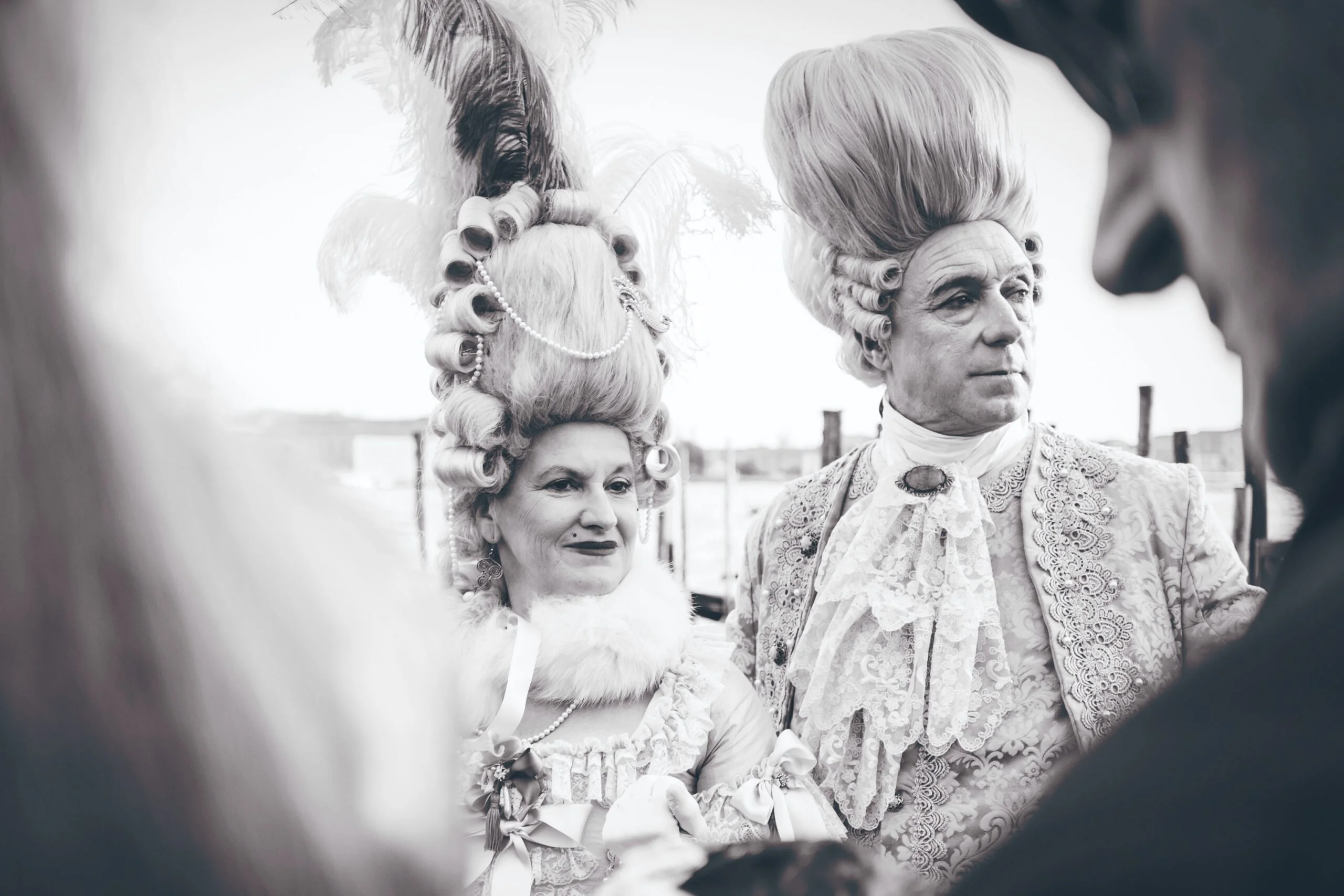Wigs have become increasingly popular in recent years, with many people using them as a fashion statement or to enhance their natural hair. However, if you’re new to the world of wigs, you may find yourself overwhelmed by the terminology used. In this comprehensive glossary, we’ll break down some of the most common wig terms and explain what they mean.
1. Cap Construction
The cap construction refers to the way a wig is constructed. There are several types of cap constructions, including full lace, lace front, monofilament, and machine-made. Each type has its own unique features and benefits.
2. Density
Density refers to the amount of hair on a wig. It is usually measured in percentage, with higher percentages indicating a fuller and thicker wig. The most common densities are 100%, 130%, and 150%.
3. Lace Front
A lace front wig has a sheer lace panel at the front of the wig, which creates a natural-looking hairline. The rest of the wig is made with a different type of material, such as a wefted cap or a monofilament top.
4. Monofilament
A monofilament wig has a sheer mesh material at the top of the cap, which allows for a natural-looking part and scalp. This type of wig is often preferred by those with sensitive scalps or those who want a more realistic appearance.
5. Synthetic
Synthetic wigs are made from synthetic fibers, such as kanekalon or toyokalon. They are pre-styled and require less maintenance than human hair wigs. However, they cannot be heat styled and may have a shorter lifespan.
6. Human Hair
Human hair wigs are made from 100% human hair, which can be styled and treated just like natural hair. They offer a more realistic look and feel, but they require more maintenance and can be more expensive than synthetic wigs.
7. Heat Resistant
Heat-resistant wigs are made from synthetic fibers that can withstand heat-styling tools, such as curling irons and flat irons. This allows for more versatility in styling options.
8. Wig Cap
The wig cap is the base of the wig, to which the hair is attached. It is usually made of a stretchy material that conforms to the shape of the head for a secure and comfortable fit.
9. Lace Color
The lace color refers to the color of the lace used in a lace front wig. It is important to choose a lace color that matches your skin tone for a natural-looking hairline.
10. Wig Grip
A wig grip is a band that helps secure the wig in place and prevents it from slipping. It is often made of a silicone material that grips onto the scalp.
By familiarizing yourself with these wig terms, you’ll be better equipped to navigate the world of wigs and make informed decisions when purchasing and styling them. Whether you’re a wig enthusiast or a beginner, this glossary will serve as a handy reference guide.




[…] trend of wigs with headbands and those adorned with braids adds a touch of versatility to wig fashion. These […]